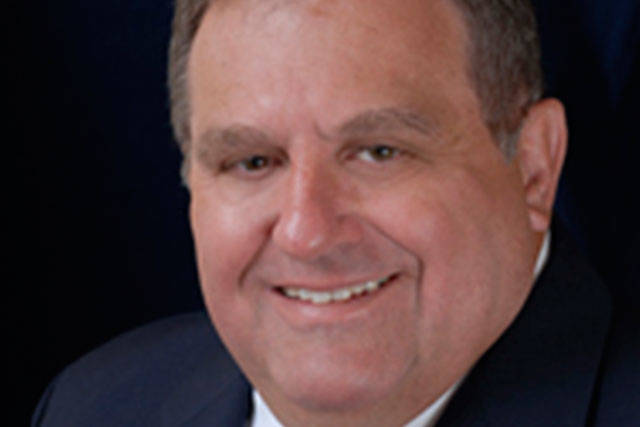Our nation is on an unsustainable borrowing trajectory and it could get much worse unless voters start asking politicians: “How are taxpayers going to pay for what they promise!”
We now owe over $22.5 trillion to lenders of which nearly half are off shore. (China $1.11 trillion). At the rate which we are selling treasury notes, the deficit will balloon to $24 trillion by 2020.
That means when the presidential election rolls around next year, each taxpayer’s share of the debt will be $183,000 if nothing is done and if politicians keep their campaign promises.
During the 2016 presidential campaign, Donald Trump promised he would eliminate the nation’s debt in eight years. “Instead, his budgets would add $9.1 trillion during that time,” veteran analyst Kimberly Amadeo, reported in The Balance last month.
Meanwhile, Democrat presidential hopefuls—Elizabeth Warren, Cory Booker, Kamala Harris, Julián Castro, Pete Buttigieg and Joe Biden—-seem to be in a bidding war promising as much as $10 trillion in new federal spending just to get rid of fossil fuels.
The Peter Peterson Foundation, which focused on putting our nation on a more sustainable footing during the 2016 presidential elections, says time is running out. The longer elected officials push it under the carpet, the larger the problem becomes. Unfortunately, Pederson’s warnings today are just faint murmurs in the wilderness.
According to Peterson: “The non-partisan Congressional Budget Office (CBO) projects the national debt could rise to as much as 175 percent of gross domestic product (GDP) by 2040. That level of debt would far exceed the historical average of approximately 40 percent debt to GDP.”
Translated that means a rapidly escalating portion of our tax dollars will go to interest payments unless the next president and Congress acts to bring borrowing and spending under control.
“By 2023, CBO projects that interest costs alone could exceed what the federal government has historically spent on R&D, non-defense infrastructure, and education combined. By 2050, they could be more than three times historical spending on those investments, as a share of GDP.”
The problem grows over time because six out of every 10 tax dollars goes to paying for entitlements, most notably Social Security and Medicare. Entitlement spending increases as more people retire and life expectancy are greater.
Compounding the problem is fewer workers are paying Social Security taxes. For example, in 1950 there were 16 workers for every Social Security recipient. By 2011, it dropped to three and is expected to go to two by 2030.
CBO projects that health care spending by all sectors of the economy — government, business, and consumers — will climb to 25 percent of GDP by 2040.
Maintaining economic prosperity and fostering a climate of job growth is important. Taxes must be affordable. Individual income taxes are nearly half of the federal government revenue stream. Social Security and Medicare taxes add another 33 percent. Government revenues rise as employment grows and our economy prospers.
The last real bipartisan attempt to put our government of a sustainable path came in 2010 when former Sen. Alan Simpson (R-Wyoming) and Erskine Bowles, former White House Chief of Staff under Bill Clinton, were assigned to develop solutions. Everything was on the table including a combination of taxes, economic growth and spending policies; however, they learned quickly there are no silver bullets. While taxpayers and politicians supported the approach, they balked at the painfulness of the recommendations.
Simply, this election voters need to ask candidates how they will pay for what they promise. There will be push back, but dodging the financial impacts is an injustice to our grandchildren who will pay the bill.
Don C. Brunell is a business analyst, writer and columnist. He retired as president of the Association of Washington Business, the state’s oldest and largest business organization, and now lives in Vancouver. He can be contacted at theBrunells@msn.com.


